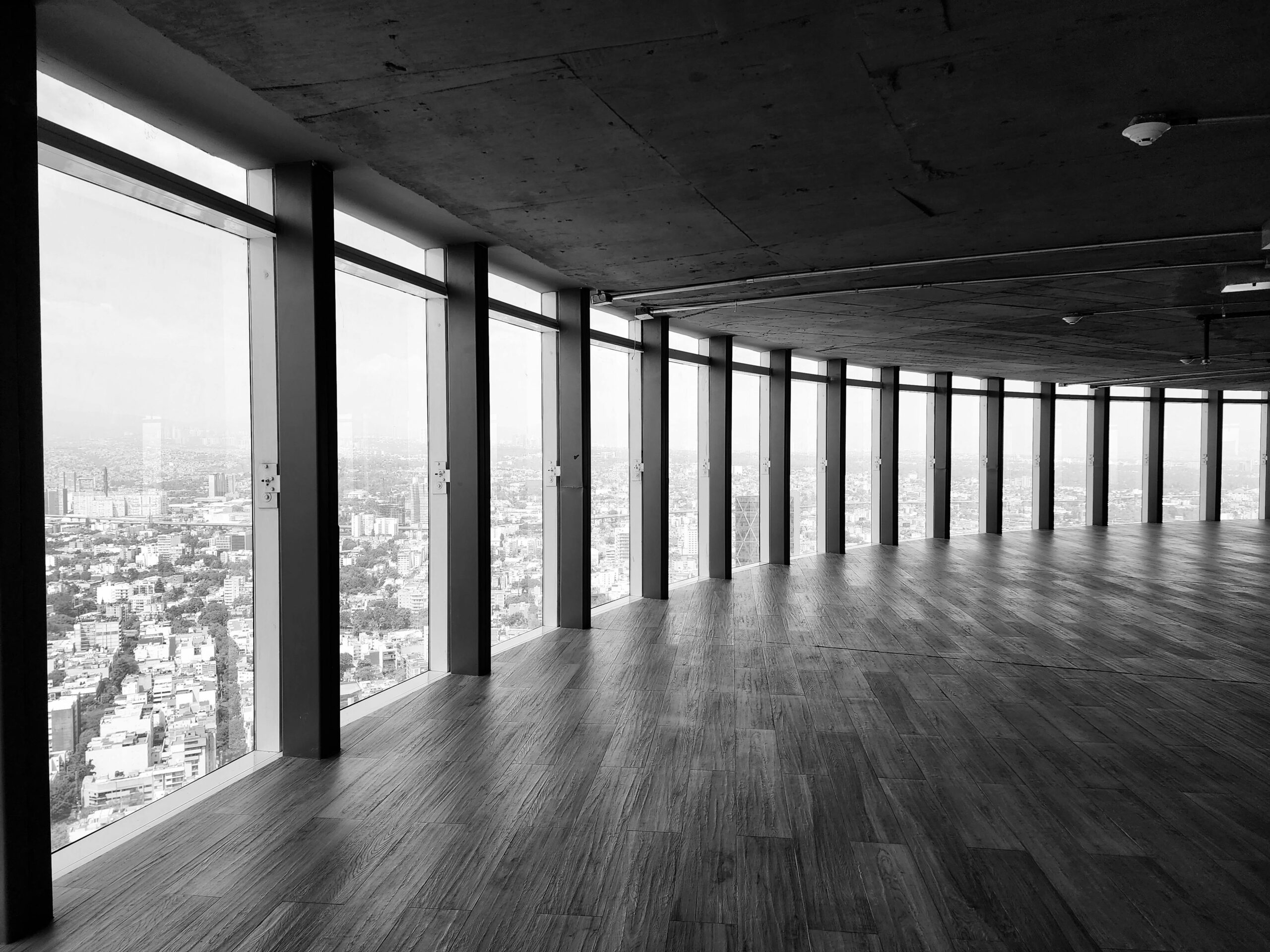
April 8, 2025 • General
If you’ve spent any time looking at commercial properties, you’ve probably run into phrases like vanilla box, white box, or gray box. These terms can be confusing if you’re not familiar with them—but they’re actually pretty straightforward once you break them down. They basically describe how finished the inside of a space is when you lease it. Here’s a simple breakdown of what each one means and what you can expect with each type.
Gray Box
Think of a gray box as a completely raw space. It’s basically four walls and a roof, with very little (if any) interior finish work done. You’ll likely see concrete floors, exposed ceilings, and not much else.
What’s usually in a gray box:
- Exterior walls and roof in place
- Concrete slab flooring
- No ceiling or interior walls
- Basic plumbing and electrical may be roughed in
- HVAC system may or may not be installed
This kind of space is great if you want to design the layout from scratch, but keep in mind—it’ll take more time and money to get it move-in ready.
White Box
A white box is a step up from a gray box. It’s partially finished and includes some of the essentials, but still leaves room for customization depending on your needs.
What’s typically included:
- Finished drywall (usually painted white)
- Working electrical and lighting
- Ceiling grid with tiles
- HVAC system installed
- Concrete or unfinished floors
- Plumbing stub-outs (restroom may or may not be finished)
White box spaces are a good middle ground—there’s enough done to give you a head start, but you still have the freedom to build it out the way you want.
Vanilla Box
A vanilla box is the most finished of the three. It’s basically move-in ready, or very close to it. Most of the essentials are already done, and you just need to add your personal touch.
What’s included in a vanilla box:
- Painted walls
- Flooring installed (tile, carpet, etc.)
- Lighting and ceiling complete
- HVAC, electrical, and plumbing systems working
- Finished and code-compliant restroom
- Entryway or storefront is usually complete
This is ideal if you’re looking to get up and running quickly without a long build-out process.
Wrapping It Up
Knowing the difference between these space types can make a big impact on your lease negotiations and build-out budget. Some landlords may offer tenant improvement (TI) allowances depending on the condition of the space, so be sure to ask what’s included—and get it in writing.
Still unsure which one is right for you? I’d be happy to help walk you through your options and figure out what fits your business best. Contact us here!
